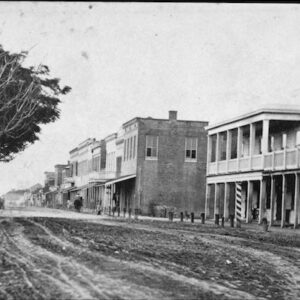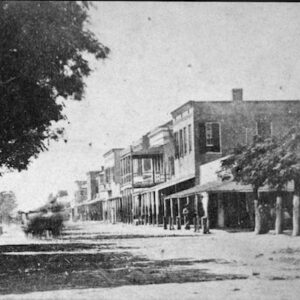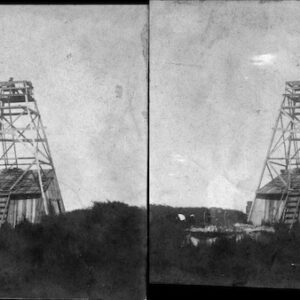Tag: Texas
Wikipedia says: Texas is a state in the South Central region of the United States. At 268,596 square miles (695,662 sq km), it is the second-largest U.S. state by area. Texas shares borders with the states of Louisiana to the east, Arkansas to the northeast, Oklahoma to the north, New Mexico to the west, and the Mexican states of Chihuahua, Coahuila, Nuevo León, and Tamaulipas to the south and southwest, and has a coastline with the Gulf of Mexico to the southeast.
Texas is nicknamed the “Lone Star State” for its former status as an independent republic, and as a reminder of the state’s struggle for independence from Mexico. The “Lone Star” can be found on the Texas state flag and on the Texas state seal. The origin of Texas’s name is from the Caddo word táyshaʼ meaning ‘friends’.
Due to its size and geologic features such as the Balcones Fault, Texas contains diverse landscapes common to both the U.S. Southern and the Southwestern regions. Although Texas is popularly associated with the U.S. southwestern deserts, less than ten percent of Texas’s land area is desert. Most of the population centers are in areas of former prairies, grasslands, forests, and the coastline. Traveling from east to west, one can observe terrain that ranges from coastal swamps and piney woods, to rolling plains and rugged hills, and finally the desert and mountains of the Big Bend.
The term “six flags over Texas” refers to several nations that have ruled over the territory. Spain was the first European country to claim and control the area of Texas. France held a short-lived colony. Mexico controlled the territory until 1836 when Texas won its independence, becoming the Republic of Texas. In 1845, Texas joined the union as the 28th state. The state’s annexation set off a chain of events that led to the Mexican–American War in 1846. A slave state before the American Civil War, Texas declared its secession from the U.S. in early 1861, and officially joined the Confederate States of America on March 2 of the same year. After the Civil War and the restoration of its representation in the federal government, Texas entered a long period of economic stagnation.
Civil War
Texas was at war again after the election of 1860. At this time, blacks comprised 30 percent of the state’s population, and they were overwhelmingly enslaved. When Abraham Lincoln was elected, South Carolina seceded from the Union. Five other Deep South states quickly followed. A state convention considering secession opened in Austin on January 28, 1861. On February 1, by a vote of 166–8, the convention adopted an Ordinance of Secession from the United States. Texas voters approved this Ordinance on February 23, 1861. Texas joined the newly created Confederate States of America on March 4, 1861 ratifying the permanent C.S. Constitution on March 23.
Not all Texans favored secession initially, although many of the same would later support the Southern cause. Texas’s most notable Unionist was the state Governor, Sam Houston. Not wanting to aggravate the situation, Houston refused two offers from President Lincoln for Union troops to keep him in office. After refusing to swear an oath of allegiance to the Confederacy, Houston was deposed as governor. Around 2,000 Texans served in the Union Army, with a large contingent of recent German immigrants in Texas Hill Country being a Unionist stronghold.
While far from the major battlefields of the American Civil War, Texas contributed large numbers of men and equipment to the rest of the Confederacy. Union troops briefly occupied the state’s primary port, Galveston. Texas’s border with Mexico was known as the “backdoor of the Confederacy” because trade occurred at the border, bypassing the Union blockade. The Confederacy repulsed all Union attempts to shut down this route, but Texas’s role as a supply state was marginalized in mid-1863 after the Union capture of the Mississippi River. The final battle of the Civil War was fought at Palmito Ranch, near Brownsville, Texas, and saw a Confederate victory.
Texas descended into anarchy for two months between the surrender of the Army of Northern Virginia and the assumption of authority by Union General Gordon Granger. Violence marked the early months of Reconstruction. Juneteenth commemorates the announcement of the Emancipation Proclamation in Galveston by General Gordon Granger, almost two and a half years after the original announcement. President Johnson, in 1866, declared the civilian government restored in Texas. Despite not meeting reconstruction requirements, Congress resumed allowing elected Texas representatives into the federal government in 1870. Social volatility continued as the state struggled with agricultural depression and labor issues.
Showing all 3 resultsSorted by latest


